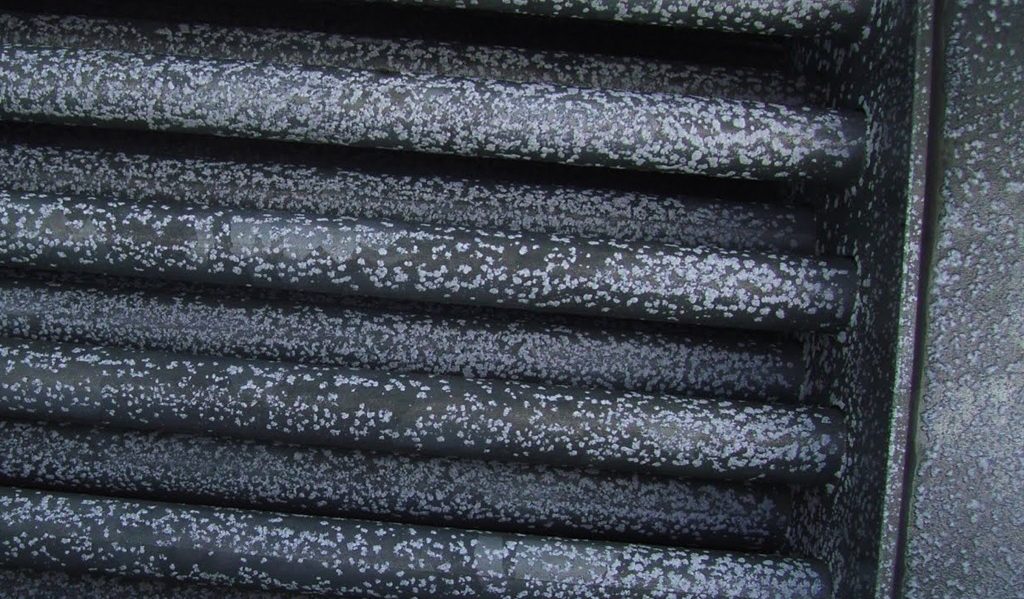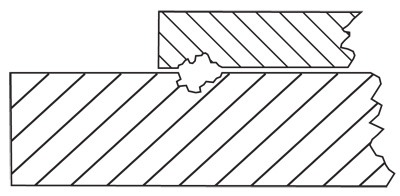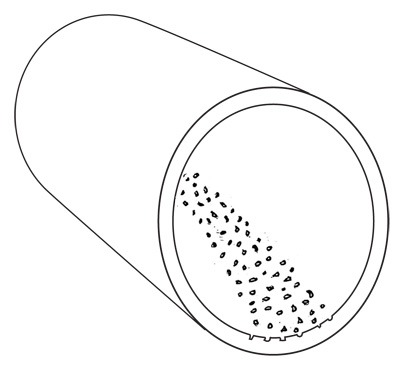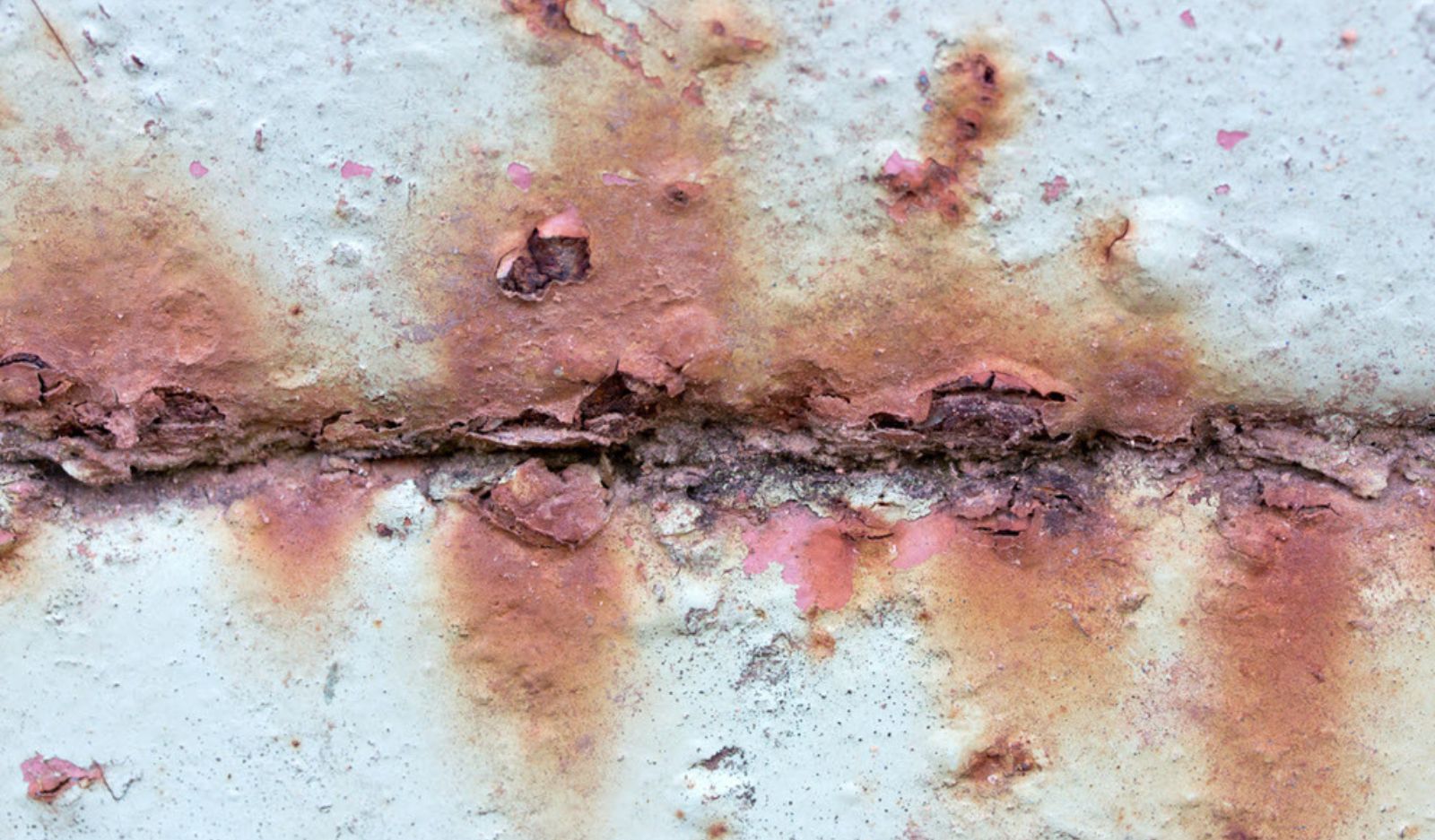Steel is one of the most resilient and versatile materials in building and construction. However, for all its strength, steel will eventually rust if its surface is not treated properly.
Steel corrosion can be defined as deterioration due to electrochemical reactions between the metal and its environment. There are different types of corrosion, which are contingent on different environmental factors. One of these is crevice corrosion.

Crevice corrosion can wreak havoc on steel sections. Here’s a look at why it occurs and what you can do to protect against it.
What Is Crevice Corrosion?
As its name suggest, crevice corrosion is localised, generally in a stagnant microenvironment where acidic conditions, or a depletion of oxygen in a crevice can lead to rusting. It is similar to pitting corrosion in that it is localised, usually taking place in snug environments, such as under a washer or bolt head, the space between plates or flanges, gaps between poorly welded joints – basically any small gaps.
What Causes Crevice Corrosion?
The micro-environments in which crevice corrosion occurs must be moist, and with little free oxygen. This means the crevice must be big enough for moisture to enter, but small enough that there is no free flowing oxygen.
This depletion of oxygen creates a differential oxygen concentration in the water, which sets up an electrochemical concentration cell. The bottom of the crevice becomes anodic, and as chloride ions concentrate, it becomes an acidic micro-environment.
There are four major factors that influence crevice corrosion:
• The crevice type (metal to metal/non-metal to metal)
• The crevice geometry (size of the gap, its depth and the surface)
• The metal type
• The environment (the pH, halide ions, temperature and oxygen)


Types of Steel Surface Treatment
Surface treatment is the most effective way to protect against steel corrosion. Here are some of the most common you will see steel fabricators use:
Hot dipping – This galvanisation method can be used on steel of all shapes and sizes and involves immersing the steel in a bath of molten zinc at temperatures up to 450°C. Steel galvanised in this way is highly protected against corrosion as well as extreme weather conditions and this is a particularly popular approach for pipe related applications.
Zinc phosphate priming – Steel surfaces can be painted with specially formulated primers in order to improve corrosion resistance as well as boost their visual appeal, with one of the most popular applications being zinc phosphate priming.
Chemical coating – This brilliant technique uses electrostatic or compressed air to apply a specially formulated powdered material to the steel surface, following which it is melted to form a smooth protective film. Steel treated in this way is not only protected against corrosion and UV damage, it is also highly resistant to peeling, scratching and cracking.
Zinc spray metallising – While it doesn’t provide quite the same protection as hot dip galvanising, this technique is highly effective against corrosion and is popular for its smooth finish. Because this is a ‘cold process’ there is no risk of distorting the metal, making it ideal for use on ornate metal components such as railings and fences.
If you have a project in need of steel, whether it’s supply, fabrication, drafting, or installation, talk to the experts at Steel Fabrication Services. Our dedicated team of professionals will ensure that your project goes according to plan right down to the smallest detail. Give us a call today!
